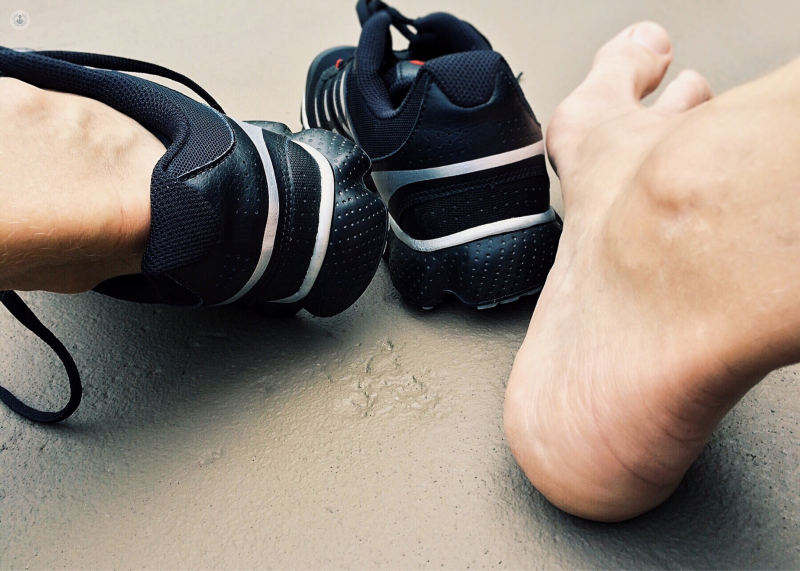



What is metatarsalgia?
Metatarsalgia is pain and swelling caused by compression of the nerves between the metatarsal bones of the feet. The injury can also be caused by overloading. The pain intensifies when you walk or rest on the foot area.
Prognosis of the disease
Metatarsalgia is not usually treated as a serious condition, but if left untreated it may cause pain in other parts of either foot, and even in other parts of the body, such as the lower back or hip, due to a change in gait caused by foot pain.
Symptoms of metatarsalgia
The main symptom is pain in a small area of the foot, usually in the sole. It is sometimes mistaken for arthritis or plantar fasciitis.
The symptoms of metatarsalgia may include:
- Severe, continuous, or strong pain in the ball of the foot (the part of the sole just behind the toes)
- Pain that gets worse when you stand, run, or walk, particularly while barefoot and/or on a hard surface, and gets better when you rest.
- Sharp or stabbing pain, numbness, or tingling in the toes
- Feeling as though you have a stone in your shoe
The symptoms get worse when active and may disappear completely while resting. Because of the intense pain the patient feels, they may try to bear their weight on the leg that does not hurt, changing the way they walk, and this long-term compensation can lead to other symptoms such as back pain.
Medical tests for metatarsalgia
To make a correct diagnosis of metatarsalgia, a thorough clinical examination is usually performed and the patient's medical history, symptoms, and signs are reviewed.
The instrumental tests that can be performed are:
- X-rays
- If the doctor suspects a Morton's neuroma, he or she will prescribe an ultrasound to see the soft tissues.
What causes metatarsalgia?
Metatarsalgia may be caused by:
- Wearing inappropriate footwear
- Being overweight
- Ageing
- Excessive or inappropriate sports practice
- Foot deformities: pes cavus, claw toes, bunion, or hammertoe
- Systemic diseases:
- Diabetes: may cause foot ulceration
- Rheumatic diseases: gout or rheumatoid arthritis
- Vascular diseases
- Infections: such as septic arthritis
Can it be prevented?
To prevent metatarsalgia, it is recommended that people who practice sports should stretch their feet well before doing it, especially it is a high-impact activity.
Wearing comfortable, cushioned footwear and spending time relaxing and even massaging your feet whenever possible is recommended.
Treatments for metatarsalgia
The treatment for metatarsalgia consists of anti-inflammatory medication, application of ice in the area, rest, changing or decreasing sports activity, and wearing comfortable shoes. Persistent cases may require physiotherapy.
Surgery is only used in the most severe cases.
Which specialist treats you?
The appropriate specialist to treat metatarsalgia would be a specialist in orthopaedics and traumatology.